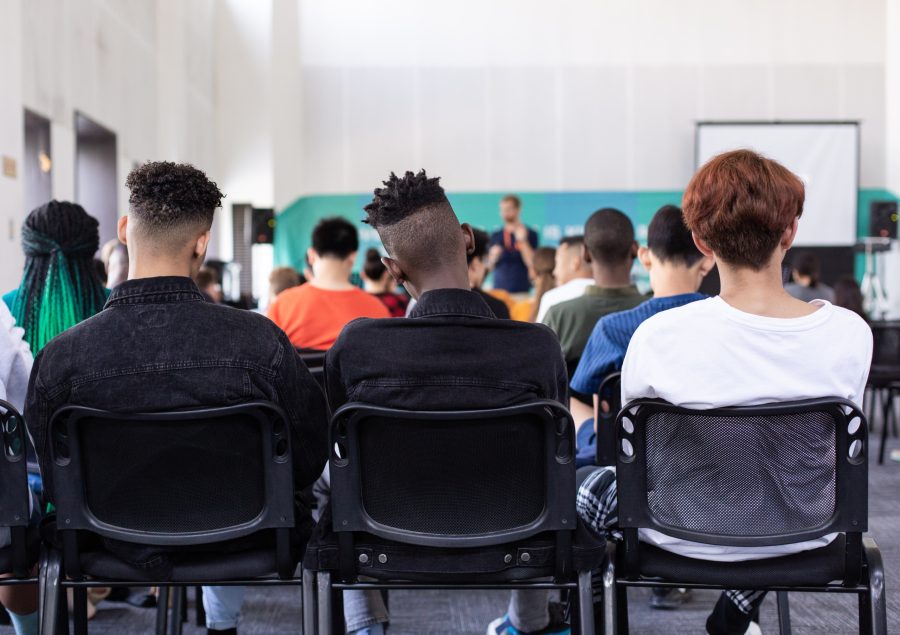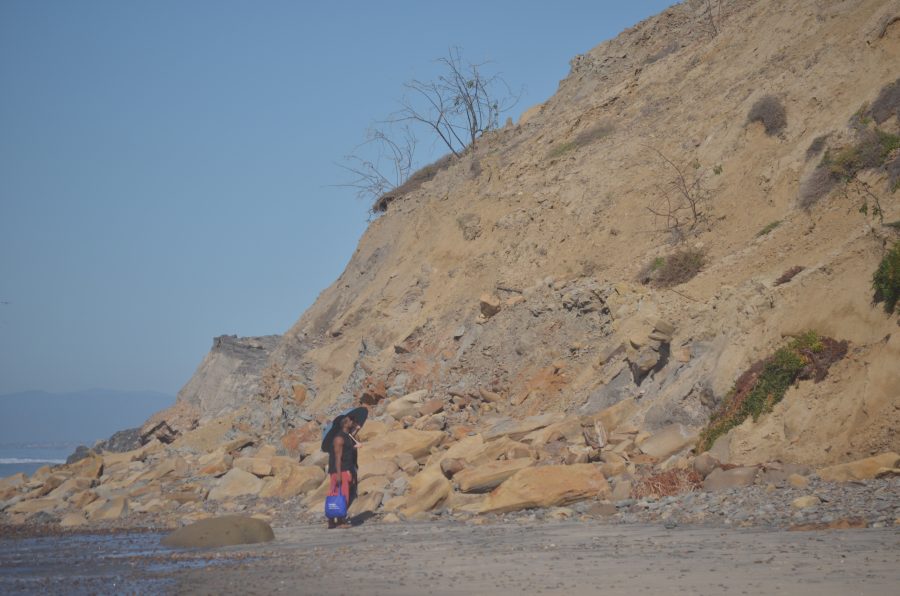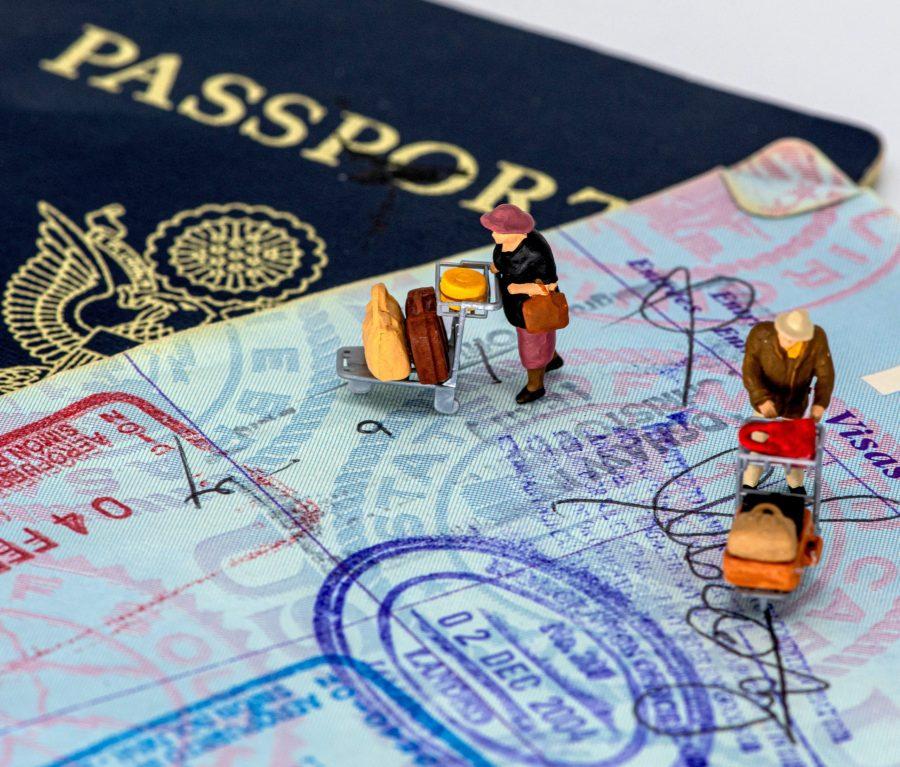Asics Gel Evolution, Nike Shocks, Saucony Progrid Stabil CS2. Like state-of-the-art battle gear, the names of modern running shoes guide beginners and marathoners alike through the combat zone that is a running trail.
All that plastic and poly-blend battle gear may not be necessary to surviving a run, though. Recent evidence suggests that, in the long run, high-tech shoes may hurt even more than they help. The trend of barefoot running is supported by studies that claim just that, pointing out that people have been running without shoes for millions of years and that modern society’s insistence on shoes with thick rubber soles and layers of padding dramatically alters the natural strike of your foot on the ground.
Looking at runners from the United States and Kenya, Harvard University’s professor of human evolutionary biology Daniel E. Lieberman found that habitual barefoot runners usually strike the ground at the front of their foot, while those who wear shoes usually strike at the heel, hitting the ground harder in the process.
“This difference results primarily from a more plantar flexed foot at landing and more ankle compliance during impact [in barefoot runners], decreasing the effective mass of the body that collides with the ground,” Lieberman wrote in the Jan. 28, 2010 edition of the science journal Nature. Plantar muscles line the bottom of the foot; engaging them relieves ankle stress.
Chris Wicus, a strength and conditioning intern at RIMAC Arena, agrees that bulky shoes interrupt the foot’s natural strike pattern. This can have hazardous consequences.
“Because of modern shoe technology, you’re convincing your body that the force you’re putting into the ground isn’t as much as it is, and that ends up leading to overuse or even stress fractures,” he said.
Barefoot running has been alternately accused of causing injuries and praised for preventing them. Of course, conventional wisdom insists that shoes are necessary protection from cuts, bruises and fractures.
But since the invention of the running shoe in the ‘70s, the injury rate from running has flat lined, and Achilles tendon blowouts have increased by 10 percent, according to New York Times bestselling author and Men’s Health journalist Christopher McDougall in his book “Born to Run.”
Lieberman, McDougall and UCSD strength and conditioning interns agree that running shoeless makes the muscles in your feet stronger, creating a solid base for the rest of your body that will ultimately result in more natural, injury-free running.
But like any sport, barefoot running must be done carefully to avoid injury.
“People need to be in shape, and they need to be fit to go run,” said Adam Dobler, a strength and conditioning intern. “I think people get it backward sometimes and they try to go out running to get in shape. If you are not in shape and you try to go run barefoot, you will hurt yourself, because you’re putting a ton of force on muscles that aren’t ready for it.”
Revelle College sophomore William Pandori, a current member of the UCSD Triathlon Team who has competed in 10 triathlons, runs about 15 percent of his weekly mileage barefoot. He started running barefoot as a junior in high school, after running regularly in sneakers for two years, and said the exercise helped him develop stronger muscles and prevent injury.
While making the switch from padded running shoes to bare feet requires familiarity with the sport, recreational runners can still give it a try. The right pair of shoes can make all the difference: Nike Frees and Vibram FiveFingers make the transition easier, simulating barefoot running by reducing the amount of padding around your foot. Nike Frees cost about $85 and look just like a thinner traditional running shoe with a flexible sole; Vibram FiveFingers are like rubber gloves for your feet with spaces for each toe, and run for about the same price.
Warren College sophomore and UCSD Strides running club member Matthew Huber read about Vibram KSO’s in a running magazine and decided to try them out.
“It took me about a month to get used to the shoes, since I had to let my body learn the new running form,” he said. “I could only run a mile or two at first, but now I can run 10 miles easily in them without any pain. My form is a lot better than before, I haven’t had any serious injuries and I feel more efficient.”
According to Rudy Thomas, director of strength and conditioning at UCSD, preventing foot injuries all comes down to one thing: preparation.
“You have to go to a motion controlled shoe, down to Nike Frees, down to a pair of Vibrams, down to your bare feet,” Thomas said. “You have to start on grass, then work to a track surface, and then work to a sidewalk.”
Thomas said he’s working on the transition himself: His workout consists of a barefoot warm up of dynamic stretching like lunges, though he’ll put his shoes back on for higher-exertion exercise like skips or hops.
Myles Cooper, UCSD assistant strength and conditioning coach, said the right pair of shoes are also pivotal for building strength and endurance.
“I would say to go to a store and get your gait analyzed by the people in those running stores and get the special shoes that are made for your feet,” Cooper said.
Going the distance can reap generous rewards: a 2003 study by the Georgia Institute of Technology linked the famous “runner’s high,” or feeling of elation and calm after running long distances, to the high one gets from smoking marijuana. They found that both activities activate the body’s endocannabinoid system, which reduces pain and anxiety.
Unlike the latter, though, distance running can also improve one’s focus. Just don’t go for a barefoot Baywatch sprint down the beach too soon.
“It’s the same with anything,” Dobler said. “You could go try to lift 400 pound in a bench press but you’re probably going to get buried and hurt yourself. You have to work up to that sort of thing. But anyone who’s healthy and does a lot of running, I think it would be great for them to get out in the grass and run around and feel what it actually feels like to run.”
Christine McNamara, dietitian and health education specialist for UCSD at the Student Health Center, recommends all runners drink enough fluids and eat well during training. Recreational runners should eat about 2.5 grams of carbs per pound of body weight every day (350 grams, or about 12 ounces, for a 140-lb runner), and that competitive runners should eat about 4 grams.
“Just start slow, be smart and listen to what your body is saying. If you’re feeling pain in your knee or something, you have to respond to that; your body is communicating to you,” Dobler said.







